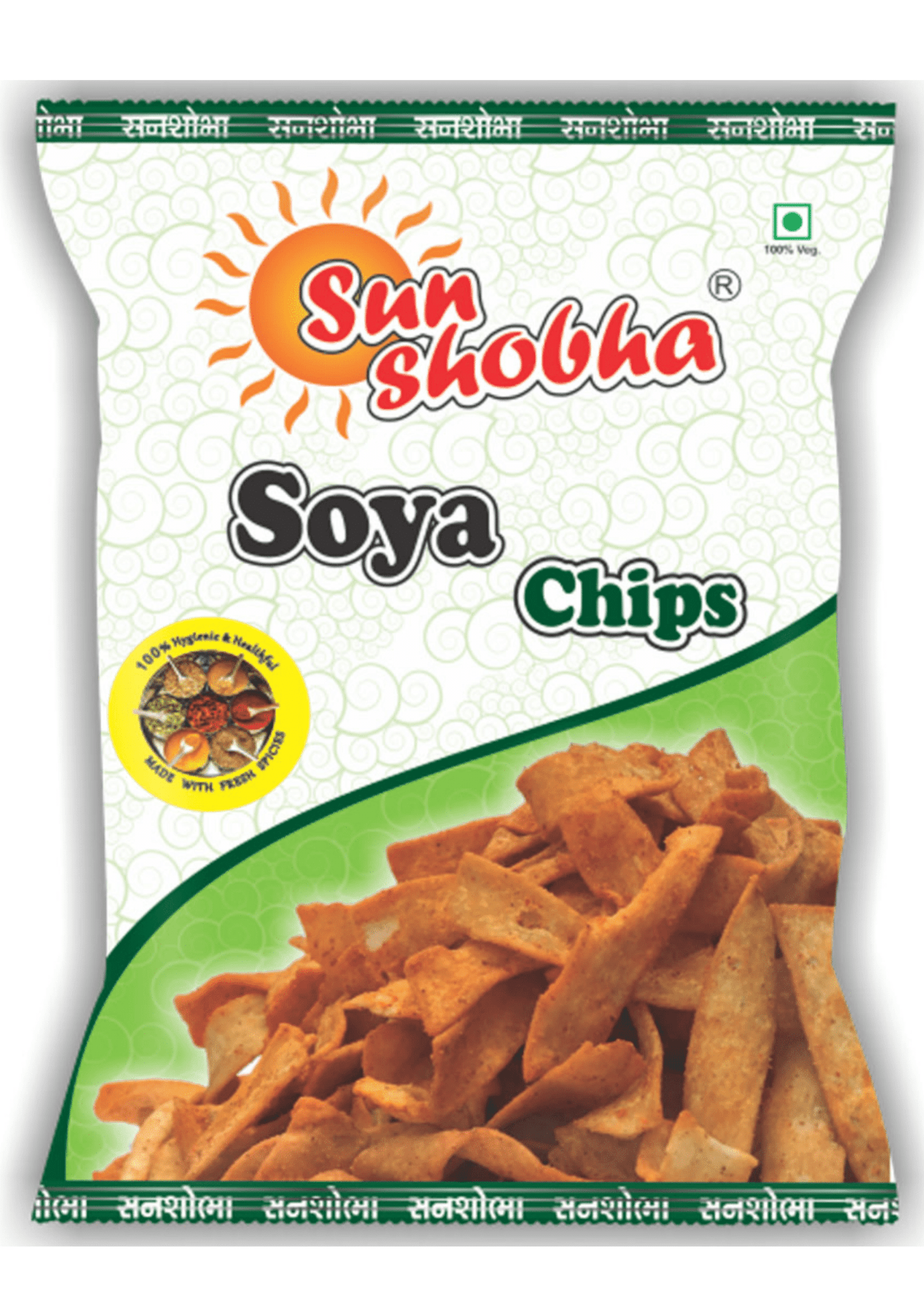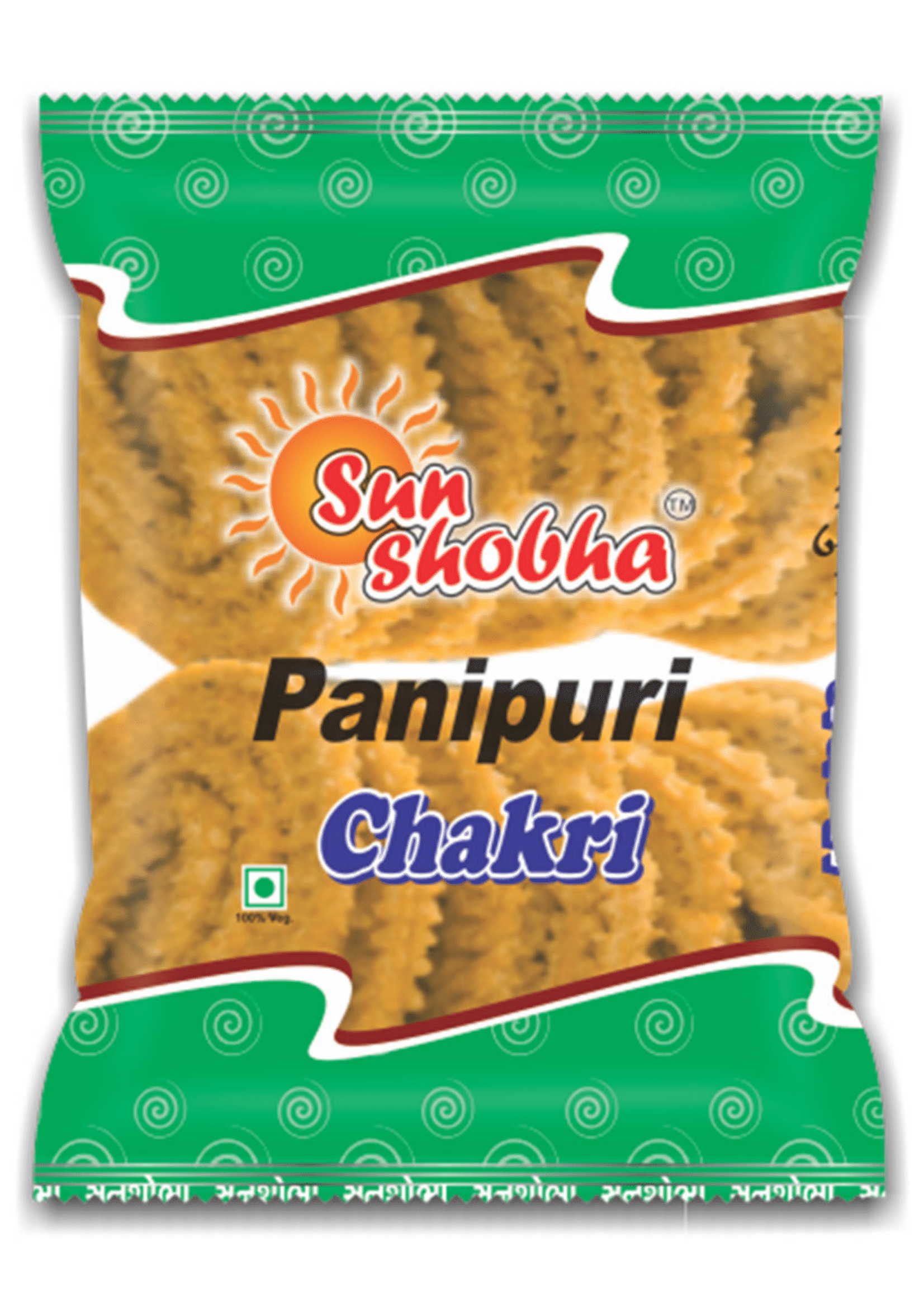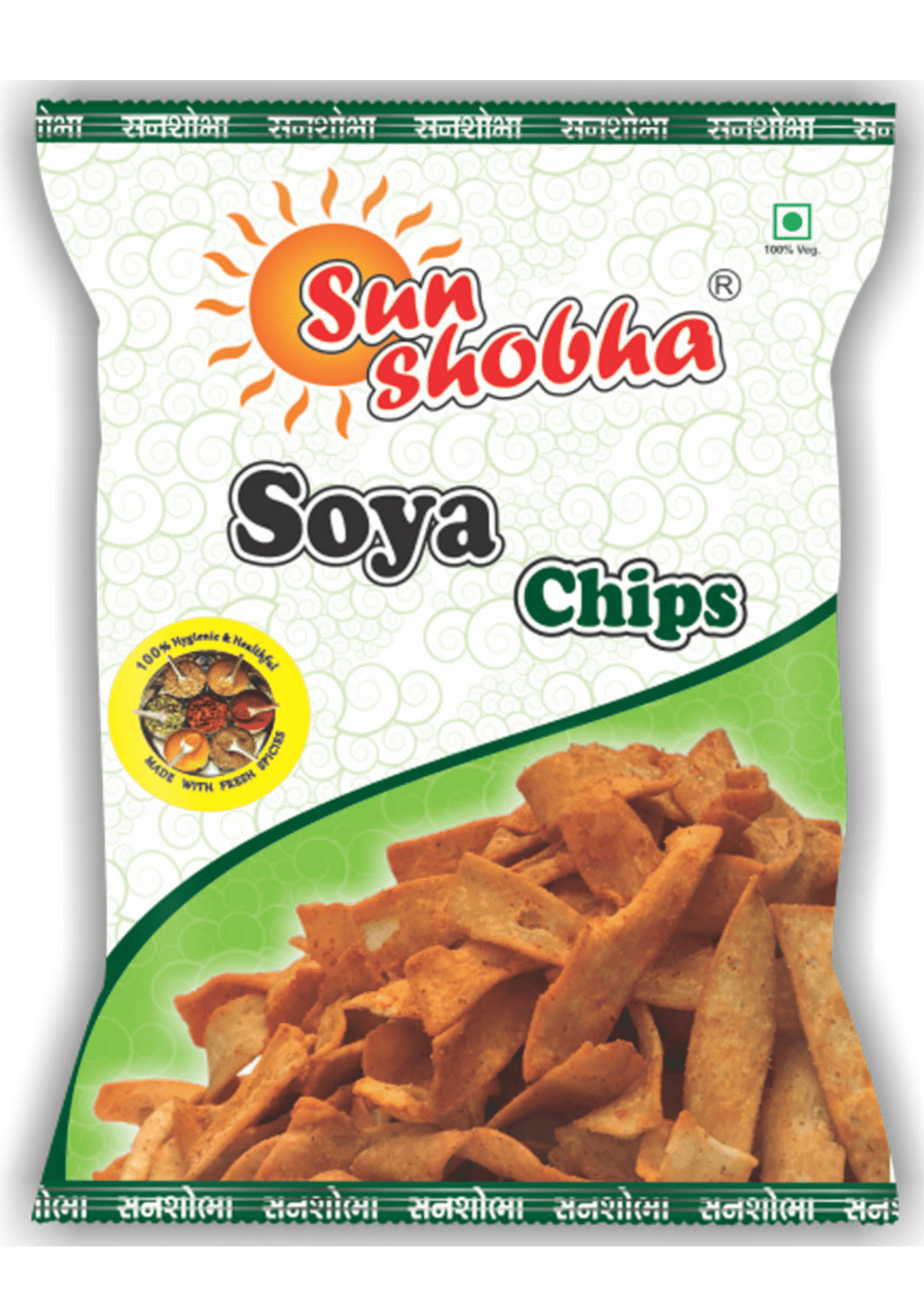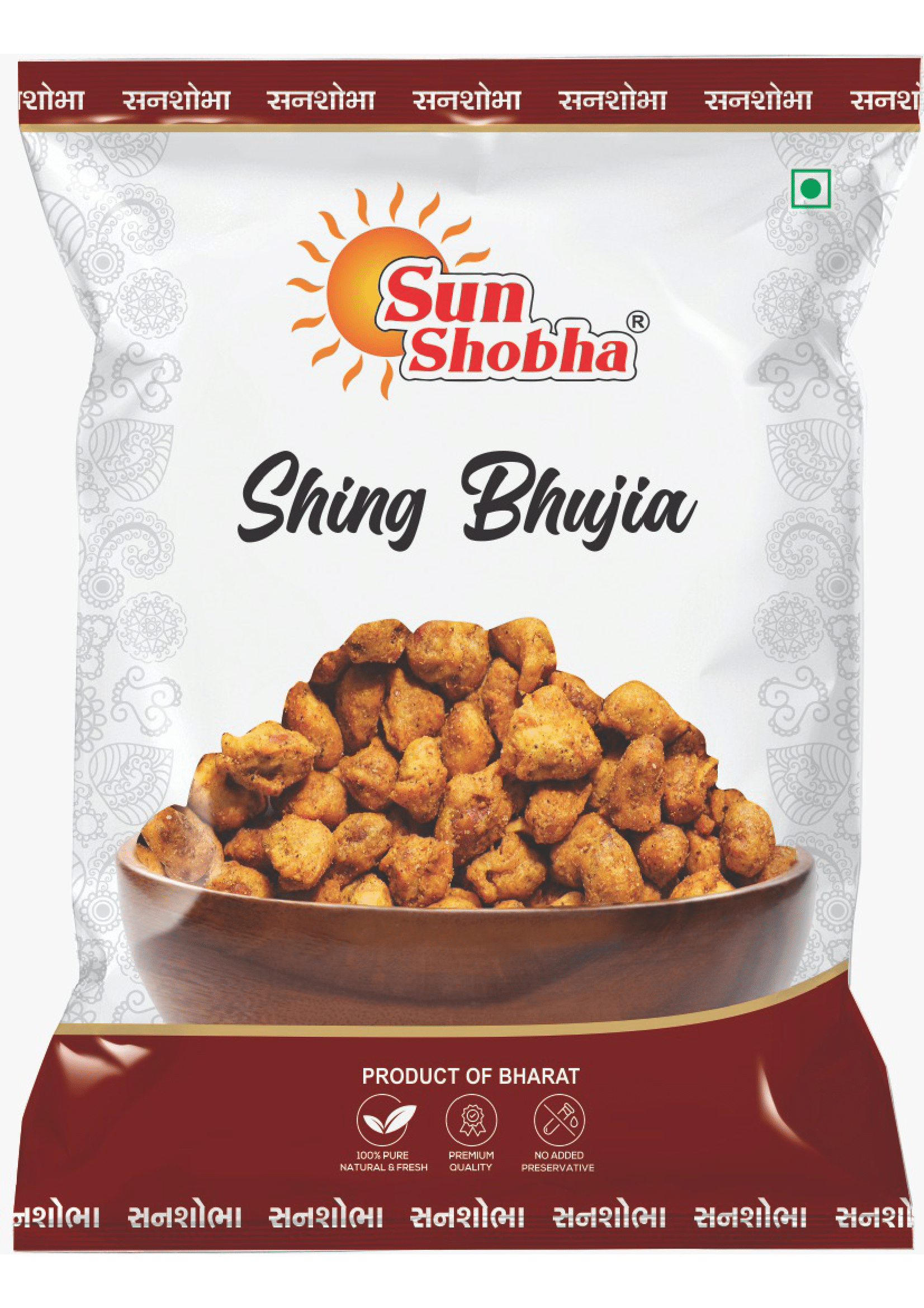Ring Manufacturing
Ring food, often referred to as snack rings, is a popular snack item that comes in various flavors and shapes, typically resembling a hollow ring. These snacks are produced in mass quantities in factories using advanced food processing technologies. Understanding the process of manufacturing ring food involves looking into the raw materials, production techniques, quality control, and packaging processes involved in delivering this tasty product to consumers.
1. Raw Materials and Ingredients
Ring food manufacturing begins with the selection of high-quality raw materials. The primary ingredient is usually a base starch, which can come from corn, potatoes, wheat, or rice. These starches provide the foundational structure of the snack. Other key ingredients include:
- Oil: For frying or baking, providing the necessary texture and flavor.
- Seasonings: Flavoring agents such as cheese, onion powder, garlic powder, paprika, and other spices are added to give the snack its distinct taste.
- Binders and emulsifiers: Ingredients like xanthan gum or guar gum are added to ensure the dough holds together and has the right consistency.
- Preservatives: To extend shelf life, preservatives like citric acid or ascorbic acid are often included.
2. Preparation of Dough
The manufacturing process begins with mixing the raw materials. Starch, water, oil, and other additives are combined to create a dough. This dough is thoroughly mixed to achieve a consistent texture. The type and amount of starch influence the final product’s texture, which could range from crunchy to slightly puffy.
3. Extrusion Process
Once the dough is prepared, it undergoes an extrusion process. Extruders are machines that force the dough through molds, which shape it into the characteristic ring form. In this process, the dough is subjected to high pressure and temperature, cooking it partially as it passes through the extruder. The rings are formed as the dough exits the extruder, where it expands and takes on the familiar shape.
4. Frying or Baking
After extrusion, the ring-shaped dough pieces are cooked either by frying or baking, depending on the type of snack being produced. Frying is done in large vats of oil, while baking is done in high-temperature ovens. The cooking method influences the texture of the snack—fried rings tend to be crispier, while baked ones are lighter and puffier. Maintaining consistent cooking times and temperatures is crucial for achieving the desired quality and uniformity.
5. Seasoning Application
Once the ring food is cooked, it moves along a conveyor belt where seasoning is applied. In most cases, this is done through a process called "tumbling," where the snack rings are tossed in a rotating drum with the desired seasoning mix. The rotation ensures even coating of the seasoning across all the snacks. This stage defines the final taste profile of the product, which can range from cheese, sour cream, and barbecue to exotic flavors like chili lime or wasabi.
6. Quality Control
Throughout the manufacturing process, stringent quality control measures are in place to ensure the consistency, safety, and taste of the product. Visual inspections, automated sensors, and sample testing are conducted to check for defects in shape, size, color, and taste. The final product is tested for moisture content, seasoning balance, and texture to ensure it meets the company’s standards.
7. Packaging
After quality control, the snack rings are moved to the packaging section. The packaging process typically involves:
- Weighing and portioning: The snack rings are portioned into specific sizes, often ranging from single-serving packs to large family-size bags.
- Sealing: Once the snack rings are portioned, they are sealed in airtight, moisture-resistant packaging to preserve freshness.
- Labeling and branding: Finally, the bags are labeled with branding, nutritional information, and batch numbers for traceability.
8. Distribution
The packaged ring food is then stored in warehouses before being distributed to retailers, grocery stores, and other vendors. From there, it reaches consumers in various markets, ready for consumption.
Conclusion
Ring food manufacturing is a complex process involving careful selection of ingredients, precise cooking techniques, and strict quality control. The snack's popularity is driven by its wide variety of flavors, ease of consumption, and its ability to satisfy consumers' cravings for crunchy, savory snacks.







